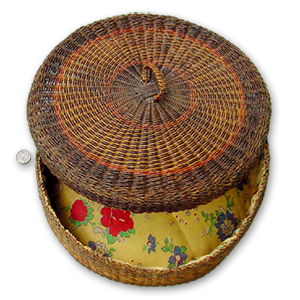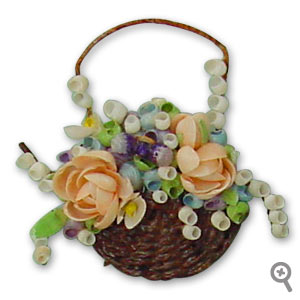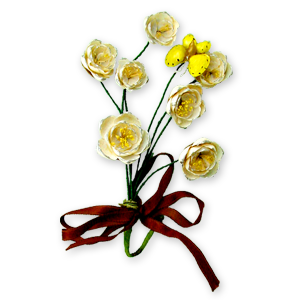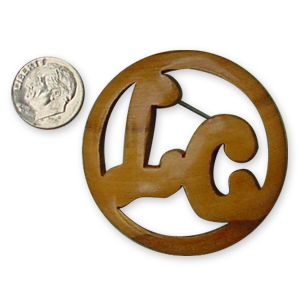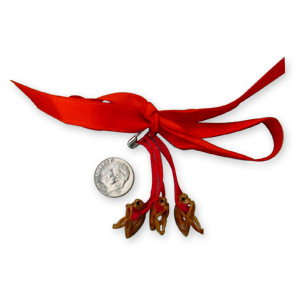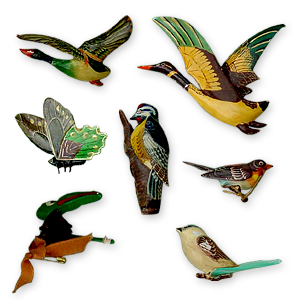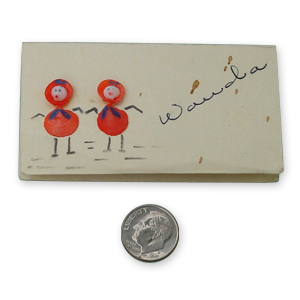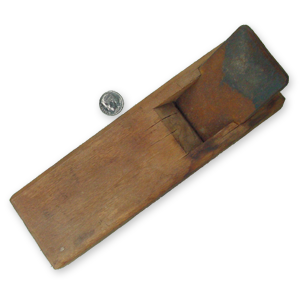ARTIFACTS
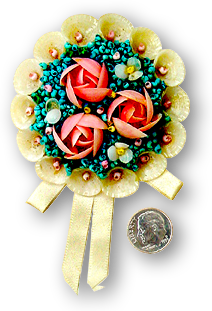
The Topaz Museum has amassed an impressive number of artifacts that were made at the camp, including 115 pieces of art painted at the Topaz Art School, furniture also made at camp, jewelry, and other personal belongings.
A restored recreation hall gives visitors the authentic experience of Topaz. The shoddy materials used to make the barracks creates tangible evidence of what it was like to live in Topaz, how people were subject to the weather, and the incessant dust and dirt that pervaded the living quarters. Mattresses stamped “WRA” show the exact type of bedding and cots issued to each internee.
One of the most popular displays is the jewelry made at Topaz from shells from Lake Bonneville. The intricate designs and delicate beauty of each piece demonstrates skill and craftsmanship unparalleled. Ink wells carved from shale found at Antelope Springs are unusual and compelling to view.
The most revealing artifact owned by the Topaz Museum Board is the camp site, 640 acres where 11,000 people of Japanese ancestry lived from Sept.11,1942 until Oct. 31,1945. The Topaz Museum Board owns 634 acres of the site, which has mostly remained undisturbed since the camp was dismantled. Visitors to the site can still see the roads, outlines of barracks and even an occasional garden which internees created to brighten their bleak surroundings. Concrete foundations of mess halls and latrines remain and one can find various artifacts of daily internment life buried in the dusty desert. If you visit, please do not remove any artifacts at the site.
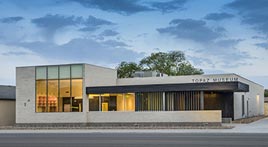
Photo: Brian Buroker
Help Support Our Museum
ARTIFACTS

The Topaz Museum has amassed an impressive number of artifacts that were made at the camp, including 115 pieces of art painted at the Topaz Art School, furniture also made at camp, jewelry, and other personal belongings.
A restored recreation hall gives visitors the authentic experience of Topaz. The shoddy materials used to make the barracks creates tangible evidence of what it was like to live in Topaz, how people were subject to the weather, and the incessant dust and dirt that pervaded the living quarters. Mattresses stamped “WRA” show the exact type of bedding and cots issued to each internee.
One of the most popular displays is the jewelry made at Topaz from shells from Lake Bonneville. The intricate designs and delicate beauty of each piece demonstrates skill and craftsmanship unparalleled. Ink wells carved from shale found at Antelope Springs are unusual and compelling to view.
The most revealing artifact owned by the Topaz Museum Board is the camp site, 640 acres where 11,000 people of Japanese ancestry lived from Sept.11,1942 until Oct. 31,1945. The Topaz Museum Board owns 634 acres of the site, which has mostly remained undisturbed since the camp was dismantled. Visitors to the site can still see the roads, outlines of barracks and even an occasional garden which internees created to brighten their bleak surroundings. Concrete foundations of mess halls and latrines remain and one can find various artifacts of daily internment life buried in the dusty desert. If you visit, please do not remove any artifacts at the site.

Photo: Brian Buroker
